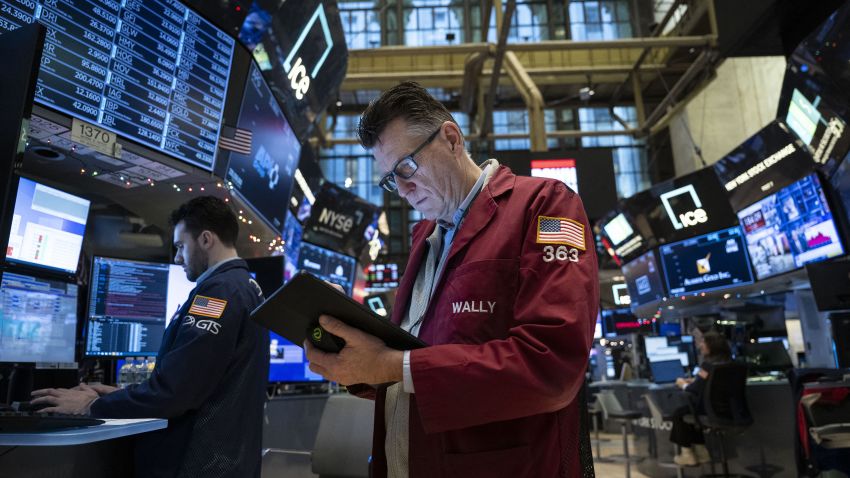The 303,000 jobs added in March brings up the 2024 average to 276,333 jobs per month. That’s more than what was seen last year (average of 251,000 jobs) and well above pre-pandemic averages (183,000 from 2010-2019; 125,000 jobs from 1939-2019).
It does bring up the question: How much of this growth is sustainable?
Prior to the pandemic, it was thought that adding between 60,000 and 100,000 jobs each month would be enough to keep up with population growth (and account for the rising Boomer retirements).
However, a report last month from the Brookings Institution speculated that the sustainable employment growth range should be much higher — to the tune of 160,000 and 200,000 jobs per month.
“Thanks to stronger immigration flows, the economy’s capacity has been increased,” Greg Daco, chief economist at EY-Parthenon, told CNN.
As of March, the number of employed foreign-born workers climbed to a fresh record high of 31.1 million, according to BLS data. Foreign-born workers’ labor force participation rate was 65.9% last month. Comparatively, the participation rate for native-born workers was 62%.
“[Net immigration growth] is adding to the pool of American workers, and those immigrants are bringing some productivity gains with them in technological innovation and refinements,” Brett House, professional practice professor at the Columbia Business School, told CNN. “That’s an important piece of data in an election year, when immigration is under a lot of scrutiny … The United States unambiguously is benefiting from an increase in net immigration.”


